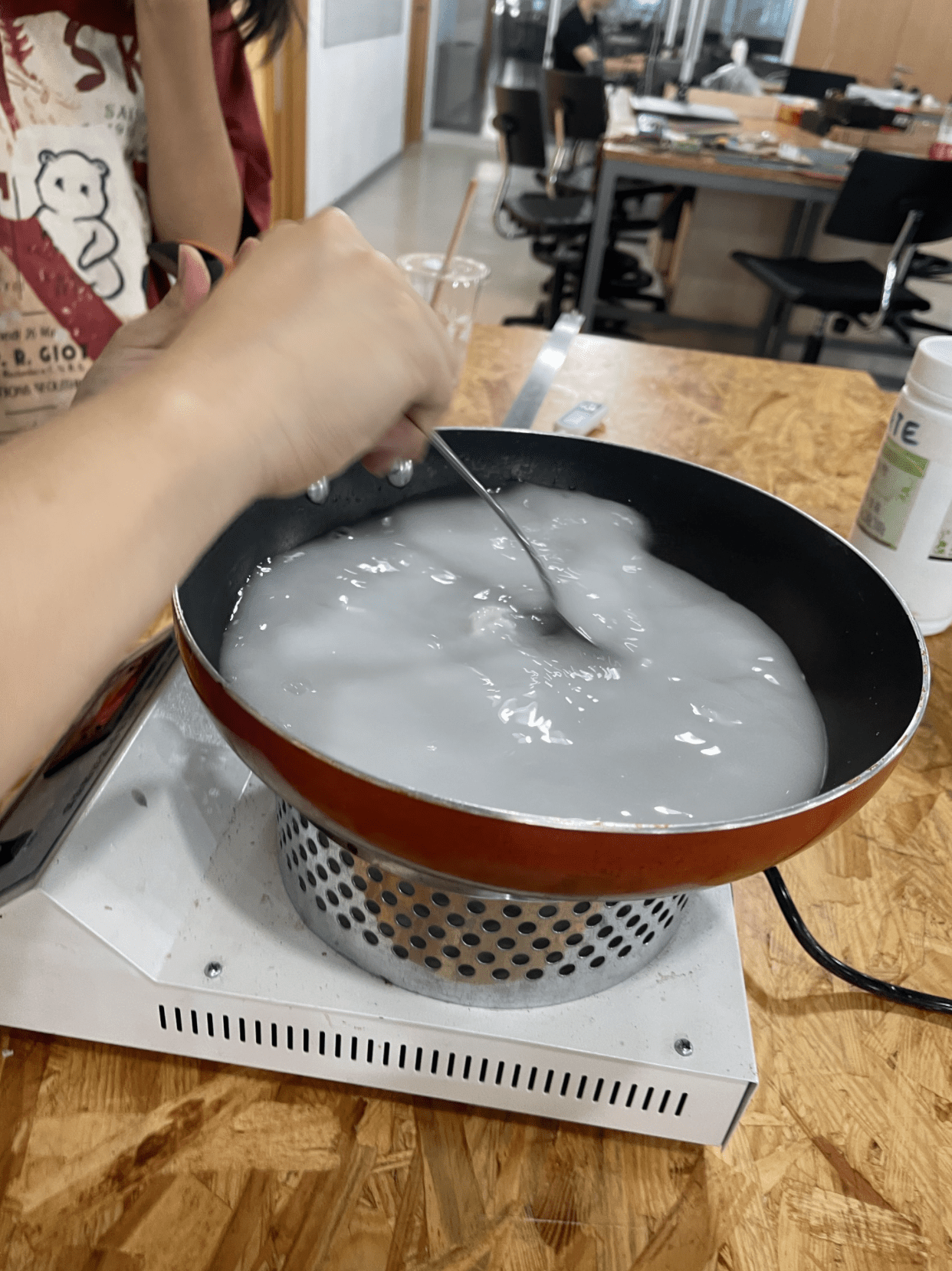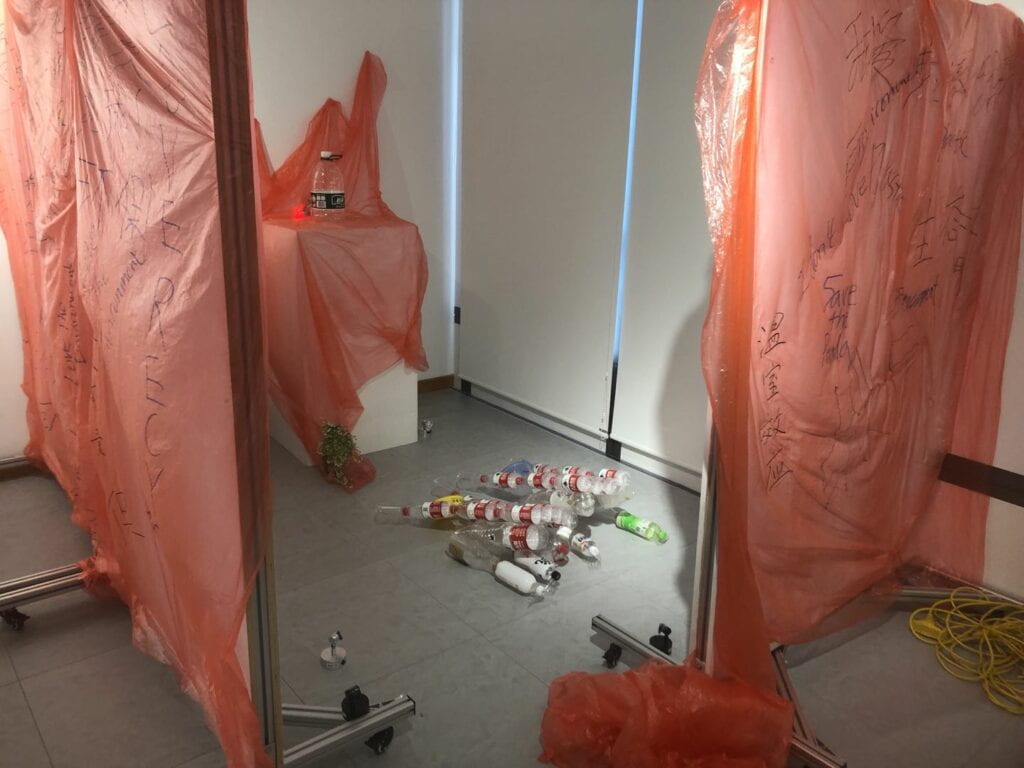Prompt:
This reading by Jill Bennett discusses art that attempts to speak about the lived experience of others related to conflict, loss, and trauma. The author argues: “visual art presents trauma as a political rather than a subjective phenomenon.” Bennett also refers to Gilles Deleuze, who discusses the workings of affect and various emotions in relation to facts and intelligence, and emphasizes the role of empathy in such art work. Provide your opinion about her argument; do you agree or disagree?
Response:
For the reading by Jill Bennett, she references visual art presenting trauma as political and how empathy stirs emotions in people. I personally agree with this argument of trauma art being political to some extent as the notions and purpose of art is to communicate an idea to the audience, especially if the purpose of the art was to promote awareness of the traumatic event. From this standing of art as being a means of communication that stirs political beliefs and accentuates emotions and personal philosophies, I would argue that this is true through reflection upon the “globalization of fear” of terrorism, reflection of personal experience visiting the memorial site of the twin towers, and reflection of Zora; but from an alternative perspective, I will argue that such politicization ignores fragments of reality and blinds us from empathizing with certain parties (Bennett 19).
Firstly, I would first and foremost argue that art and the presentation of events can stir collective opinions and emotions towards a certain element. For example, when 9/11 and the “War on Terror” occurred during the 2000s, there was a common villain that was created through the “globalization of fear” (19). This villain would be terrorists, but the interpretation of trauma that was disseminated, created an othering of the Middle East as villains in general. This sort of trauma wasn’t only a presentation of politics as becoming a collective and singular feeling, but it is also argued that this sort of presentation utilizes the “mobilization of binaries that fix the victim in opposition to the oppressor produces an illegitimate extrapolation by which the victim is ipso facto equated with “good” (19). Essentially this creation of the villain character through the fabricated feeling of trauma not only serves the political role of establishing and us and them through empathy and collectivism, but it also establishes a moral premise for good and bad and what’s wrong and right. This can be observed in the victimization of the US from the terrorist attack of 9/11 where their extended actions of escalating a war in Iraq and others become justified as they become the “good” side. This creation and fabrication of being on the “right” side of politics in a way removes the emotions of horror and terror when referring to the actions of the US and diminishes the role of empathy towards the “good” side of the traumatic event. Essentially, I would argue that the establishment of morality in the presence of politics creates a focus of empathy for particular events, but in effect, also conceals the application of morality when viewing trauma from the alternate perspective of the Middle Eastern citizens being razed and bombed for actions that do not concern them.
Secondly, I want to refer to my personal experience of experiencing this trauma art where I would consider the 9/11 memorial in New York trauma art. When I visited New York in 2015, I didn’t feel that attachment to the traumatic accident that occurred 14 years ago. I was someone that was a second generation immigrant in a country that promoted diversity yet instilled racism. I was someone that experienced isolation from my peers due to the color of my skin and the cultural values that I was raised by. This division of Americanism and chineseness promoted by my peers essentially created a lack of patriotism and divided identity that I experienced. As an individual, I could never erase my ancestral roots, yet the lack of belonging and community from my “American” peers created this lack of patriotism towards America and moreso created a sense of apathy towards topics related to an American identity. Hence, when I visited this memorial, I couldn’t feel the emotions others felt, I couldn’t feel the trauma and feeling of being scarred that others felt, and I couldn’t feel the patriotism that others felt. This memorial, meant to bury the memories of the people who died in history, didn’t create the feeling of trauma for me. For me, it was just a historical artifact that recalled the past. I couldn’t feel this empathy and relate to the event as others do. From this personal experience of experiencing a lack of empathy and a lack of connection to the event, I would use this counter example to argue that the resonation of emotions is crucial for creating collective empathy and emotions towards certain ideas. While the 9/11 act of terrorism created this “globalization of fear” and created moral standards of good and evil on an international level, there is a lack of empathy that I could experience on a personal level which created this lack of commonality experienced. Empathy becomes the standard for perspective and the reception of trauma art with political messages, but the lack of empathy actually creates a holistic perspective towards the fragments of reality as empathy doesn’t blind the observations of the viewer.
Lastly, I wanted to refer to my personal project which is the creation of the architectural interpretation of Zora as well as the photography series regarding the traumatic ending of Zora. Firstly, I feel that the representation of the traumatic end of Zora through interpretive narrative photos does create a sense of politics within my piece, particularly referring to the governance of Zora. This sort of creation of this imaginary city and the records of this city create a possible attachment, however, like the previous example of going to the memorial site of 9/11, there is a lack of empathy that can be experienced due to the abstract portrayal and lack of reality of the city. This sort of disconnection between the real and the fake creates this lack of empathy and collectivism that can be felt where the audience will not think from a perspective of a Zorak. They would view it from the perspective of a human in the 21st century. This sort of experience wouldn’t stir the emotions of the viewer, but could possibly intrigue them of this possible world as it remains foreign to them. This otherness compared to the self, from the audience perspective, would communicate a sense of political illiteracy and empathetical failure which deducts the likelihood of interpreting art in a collective manner. This would inadvertently become a subjective interpretation due to the lack of connection that one can make with the subject of the piece in which trauma as political cannot be ascertain as true. In this case, I would argue that there must be a connection to the empathetic elements of a piece before there can be a political interpretation that may create a collective perspective.
Works Cited
Bennett, Jill. “On the Subject of Trauma.” Empathic Vision. Ed. Mieke Bal, Ed. Hent de Vries. Standford: Standford University, 2005. 1-21. Print













 (Credit: Times of Israel)
(Credit: Times of Israel)















